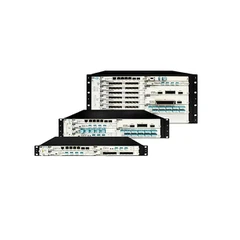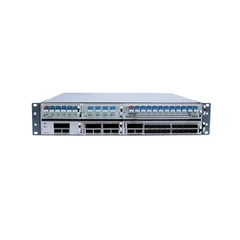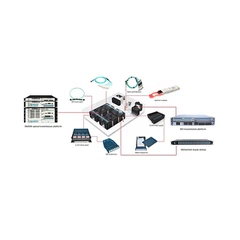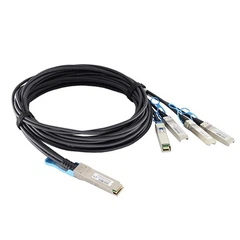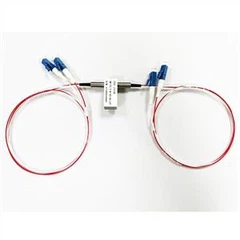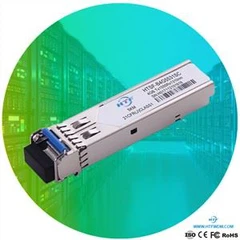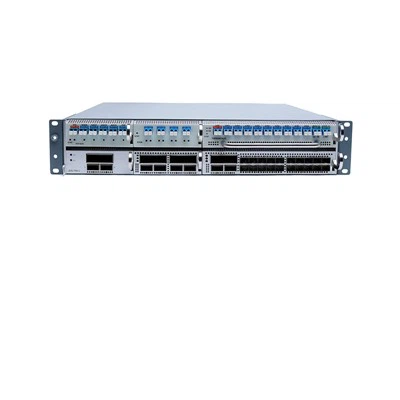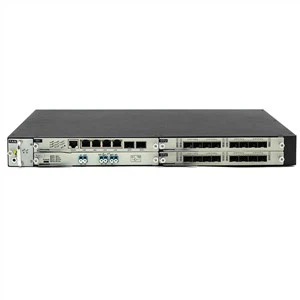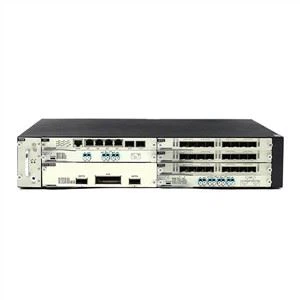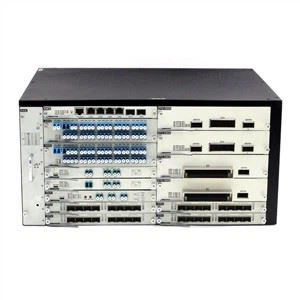In general, 10GBase-T copper modules, SFP+ optical modules, and SFP+ high-speed cables can all be used to implement 10G Ethernet. How to choose the right solution for 10G Ethernet data center cabling?
10GBase-T copper module, SFP+ optical module, SFP+ high-speed cable overview
The 10GBase-T SFP+ copper modules are specifically designed for high-speed communication links over 10G Ethernet and can be transmitted over Cat 6A /7 cable. It is the first 10G module to deliver a 10G rate over Ethernet copper cables and complies with the SDF-8431 and SDF-8432 MSA standards.
The 10GbE SFP+ optical module can also be used for 10G network transmission with a maximum transmission distance of 100km. It has many models, such as 10Gbase-SR, 10Gbase-LR, 10Gbase-ER, and 10G base-ZR and so on.
For SFP+ DAC high-speed cable, it USES 10GbE copper cable as an active or passive double coaxial cable assembly with SFP+ joints at both ends to achieve 10G short distance connection. Therefore, SFP+ high-speed cables are commonly used for stacked connections to ToR switches and for short distance connections between switch ports on servers and storage devices in racks and Ethernet interfaces.
What is the difference between a 10GBase-T copper module, an SFP+ optical module, and an SFP+ DAC high-speed cable?
Flexibility & backward compatibility
The 10GBase-T copper module USES an interoperable 10GBase-T technology that USES the RJ45 connector and automatically negotiates between 10/100/1000Mbps and 10G rates. In other words, 10GBase-T copper modules are backward-compatible with standard copper cable network equipment. The 10GbE SFP+ optical module can be used for 10G Ethernet and 10G fiber channels, but is not compatible with copper cabling systems, although it can sometimes be used for 1G fiber networks. As for SFP+ DAC high-speed cables, they are not compatible with existing gigabit Ethernet switches and are only used for connections to 10G Ethernet switches.
Delay
The need for low latency in large data centers is growing rapidly as utilization of private cloud applications increases. Low latency is critical to ensuring fast response times and reducing CPU idle cycles, improving data center efficiency and ROI. The 10GBase-T copper modules are PHY standard and can be block coded to transfer data flawlessly over copper cables. The standard defines a 10gbase-T copper module with a transceiver time of 2.6 microseconds, a SFP+ fiber that USES a simplified electronic device that is not encoded, and a latency of about 300 nanoseconds per link.
Transmission distance
The maximum transmission distance of 10GBase-T copper module on Cat6a or Cat7 network cable is 100 meters, and the maximum transmission distance of 10GbE SFP+ optical module on single-mode fiber is 100 kilometers. However, the SFP+ DAC high-speed cable can only transmit 10 meters at most, which is more suitable for in-rack and inter-rack wiring connections. If the transmission distance is not a necessary consideration, the SFP+ DAC high-speed cable has lower power consumption and lower latency, making it an ideal routing solution for data center routing.
Cost
The 10GBase-T RJ45 module is usually wired using Cat6a or Cat7 cable, which is cheaper than the 10GbE SFP+ optical module. In a data center, hundreds of cables are often required, and using cheap cables can save a lot of money. In addition, the 10GBase-T copper module maximizes the use of the existing copper cable structure for wiring and saves a lot of money. The 10G SFP+ optical module needs to use the relatively high price of single-mode or multi-mode fiber jumper for transmission, and the maintenance cost of the fiber wiring system is very high. The SFP+ DAC high-speed cable is the least expensive of the three, with the only drawback being that the transmission distance is very limited.
Application
10GBase-T copper modules, 10GbE SFP+ optical modules, and SFP+ DAC high-speed cables can all be used to achieve 10G Ethernet transmission, but they have different application scenarios in data centers and enterprise networks. 10GBase-T SFP+ copper modules are commonly used to transmit cabling connections between top of rack (ToR), MoR, EoR data centers and enterprise networks within 30 meters. The 10G SFP+ optical module can usually be applied in ToR, MoR, EoR, backbone core network of data center, and the maximum transmission distance is 100km. For SFP+ DAC high-speed cables, typically used for wiring connections between the server to the top of the rack or within the rack of the ToR switch, the transmission distance is usually within 10 meters, such as the interconnection between the switch at the top of the rack and the server or storage device. The following figure shows the typical application scenarios of 10Gbase-T copper module, 10G SFP+ optical module and SFP+ DAC high-speed cable.

Conclusion
In summary, 10GBase-T copper modules, SFP+ optical modules, and SFP+ DAC high-speed cables differ in terms of flexibility, backward compatibility, distance, application latency, and cost. You can choose the right product according to your network needs. It should be noted that copper cabling systems will be phased out of the market with the popularity of fiber optic cabling systems, and therefore, 10Gbase-T copper modules will be phased out of the market. With the decrease of price and power consumption, 10GbE SFP+ optical module will become the ideal solution for data center network.

